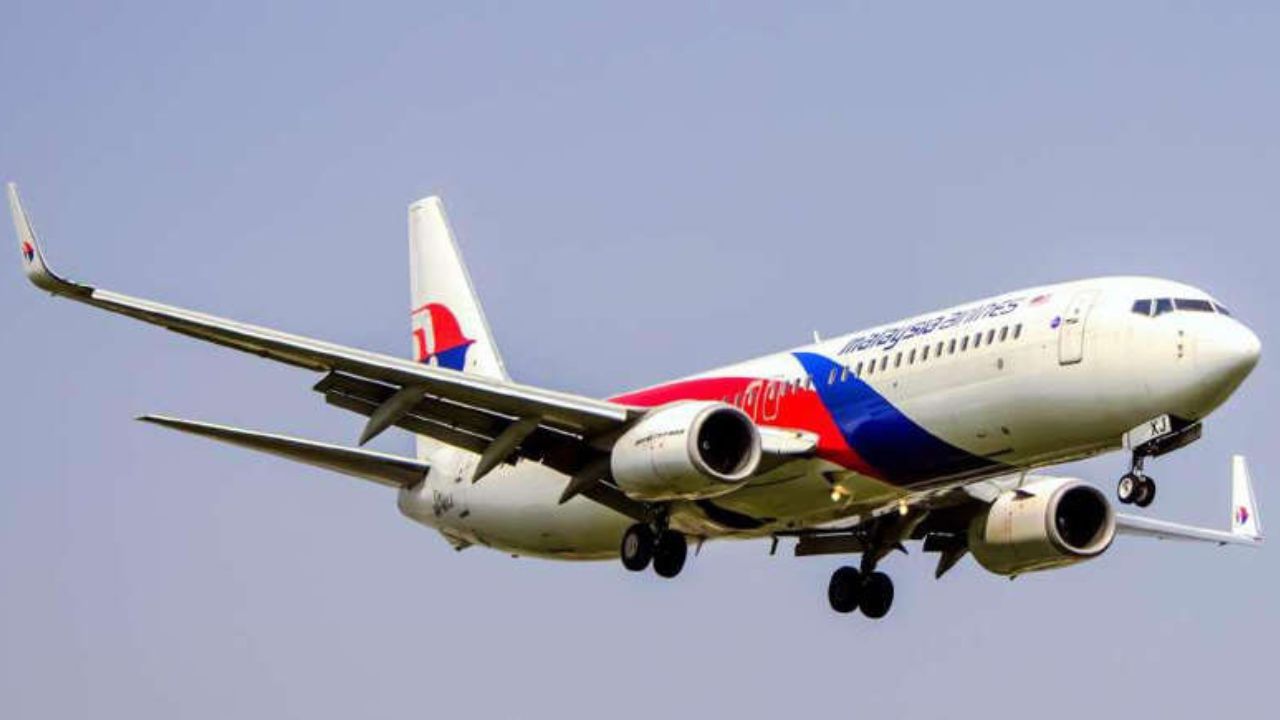In the heart of the Canada Wildfire , a fierce battle is underway as authorities and residents scramble to evacuate a city threatened by an advancing wildfire. The relentless blaze, fueled by dry conditions and strong winds, has escalated the urgency of the situation,
emphasizing the critical need for coordination, resources, and human determination. As the clock ticks, the city’s fate hangs in the balance, and the race to evacuate becomes a
testament to both the vulnerability of human settlements and the resilience of communities in the face of nature’s fury.
The Unrelenting Blaze
The fire, which initially sparked in a remote forested area, has rapidly transformed into an uncontrollable inferno due to a combination of factors Canada Wildfire. Prolonged drought conditions, coupled with a scarcity of precipitation, have created a tinderbox of dry vegetation that readily ignites. Fueled by high winds characteristic of the region, the fire spread at an alarming rate, leaving authorities with little time to prepare.
Evacuation Efforts in Overdrive
As the fire’s trajectory shifted towards the city, local authorities and emergency services were faced with a monumental challenge: to evacuate a densely populated area swiftly and efficiently. The evacuation efforts were spearheaded by a multi-agency collaboration, involving firefighters, law enforcement, medical personnel, and volunteers. Communication became paramount as officials worked to disseminate accurate information to the public and coordinate evacuation routes.
Residents, many of whom had never experienced a wildfire of this magnitude, were forced to make split-second decisions about what to take and leave behind. Pets, sentimental belongings, and vital documents became the focus of these difficult choices. The evacuation process laid bare the fragility of human existence in the face of natural disasters,
as individuals grappled with the possibility of losing their homes and possessions.
Shelters and Support Systems
As thousands of displaced residents sought refuge, temporary shelters were established in nearby safe zones. These shelters provided not only physical protection but also emotional support for those grappling with the uncertainty of the situation. Relief organizations and volunteers worked tirelessly to offer food, water, medical assistance, and counseling services to those affected. The collective spirit of community members and the outpouring of support from across the region demonstrated the strength that can emerge in times of crisis.
also read this : Gardening News Roundup: August 17, 2023
Challenges and Lessons Learned
The evacuation efforts were not without challenges. The sheer scale of the operation strained available resources, and traffic congestion hampered the swift movement of people out of harm’s way. Moreover, the ongoing pandemic added another layer of complexity,
requiring health and safety protocols to be implemented in shelters and during transportation.
In the aftermath of this crisis, authorities will undoubtedly reflect on the experience to refine evacuation strategies and disaster response protocols. The need for better infrastructure, such as improved road systems and emergency communication networks,
will likely come to the forefront of discussions.
Additionally,public education and awareness campaigns about wildfire preparedness and evacuation
procedures will be crucial in preventing such chaotic scenarios in the future.
Climate Change and Wildfires
The Canada wildfire serves as a stark reminder of the growing influence of climate change on the frequency and intensity of wildfires worldwide. Rising temperatures, prolonged droughts, and changing precipitation patterns create conditions conducive to fire ignition and rapid spread. This event underscores the importance of global efforts to mitigate climate change,
reduce greenhouse gas emissions, and develop strategies for adapting to the new normal of more frequent and severe wildfires.
The race to evacuate the threatened city in the face of an advancing wildfire encapsulates the vulnerability of human settlements to the uncontrollable forces of nature. The intensity of the blaze, fueled by dry conditions and strong winds,
has tested the limits of emergency response systems and community resilience. As the evacuation efforts unfold, they reveal both the challenges and the triumphs that arise when humanity confronts nature’s fury.
This crisis should serve as a wake-up call to the world, emphasizing the urgent need to address climate
change and better prepare for the increasing threats posed by wildfires and other natural disasters.



